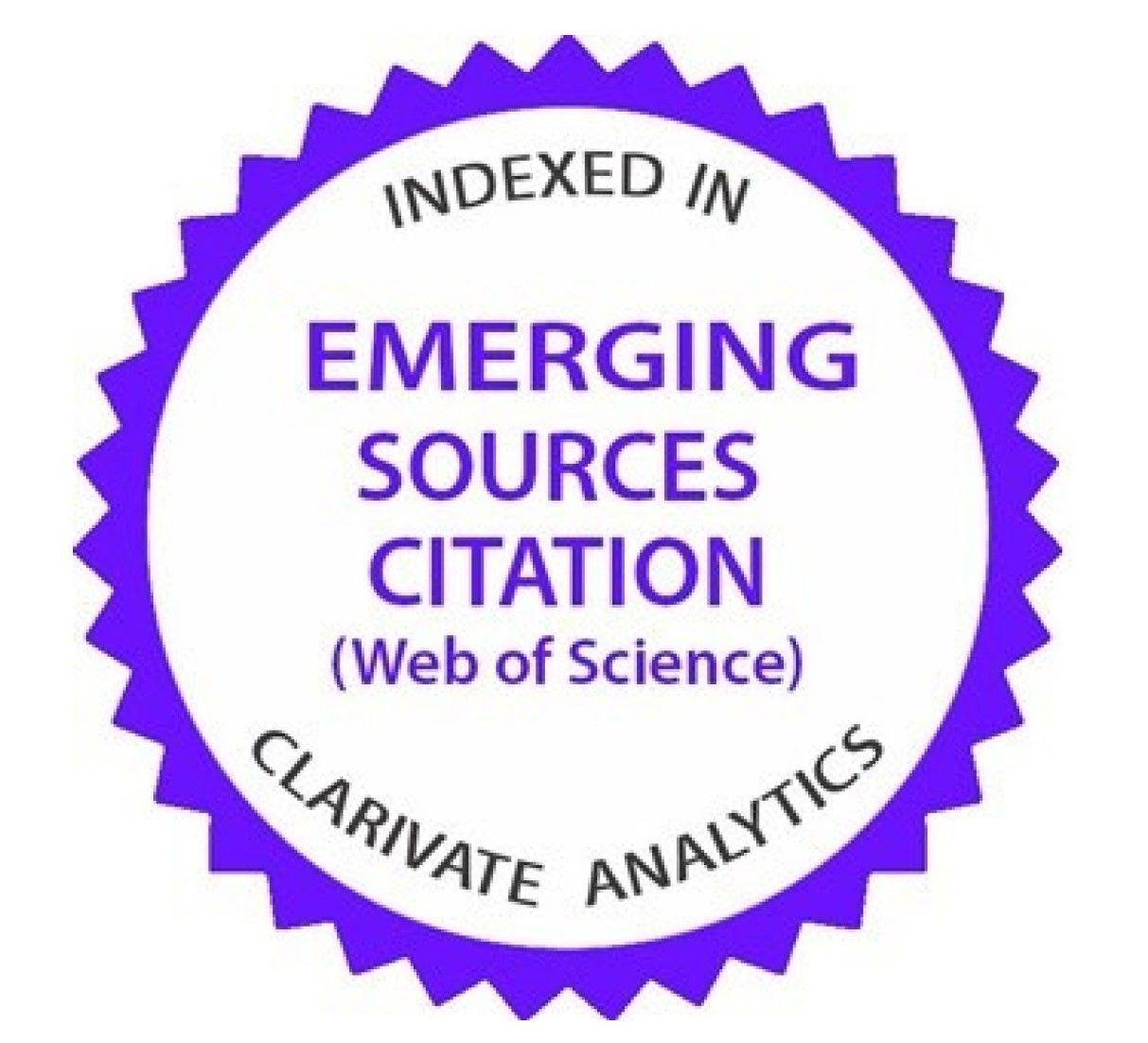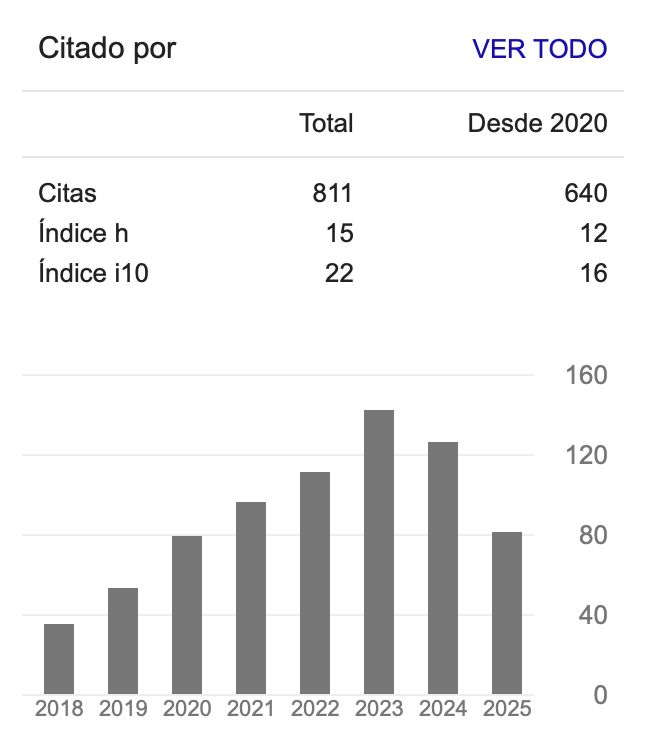A Ludic and Cultural Space for Beginner English Learners: Studying the Hippie Movement Songs and Lyrics
DOI:
https://doi.org/10.54104/papeles.v9n18.489Palabras clave:
cultural awareness, EFL, genre, hippie movement, lyrics, songsResumen
This article reports a qualitative action research study on the contribution of using songs and lyrics to integrate cultural understanding and language development in an English as a foreign language (EFL) class at a middle school. We observed that our learners had difficulty to understand and express themselves in English. The social and cultural context of the late 1960’s Hippie movement was the subject of the study through songs and lyrics. We offer our readers the most relevant literature and a synthesis of research reports on the subject to invite them to deepen in this topic. The findings of this qualitative study suggest that culture contextualized language and enhanced comprehension facilitates oral expression in EFL.
Descargas
Citas
(1) Bhaddock. (2014). The Hippie Counter Culture Movement (1960’s). Retrieved from Mortal Journey: http://www.mortaljourney.com/2011/03/1960-trends/hippie-counter-culture-movement
(2) Ballesteros, C., Bocigas, M. O., & Montoya, A. (2015, Agosto). Singing Consumption: Discourse Analysis and Consumption Driven Values that Underlies Lyrics. Boletín de Estudios Económicos, 70(215), 347-368. Retrieved from https://issuu.com/deustobusinessalumni/docs/215-agosto_2015
(3) Batluk, L. (2015). Does Listening to English Songs Motivate Students to Expand Their Extramural English? A Case Study of Swedish Upper-Secondary School Students’ Perceptions of Possible Impact of Listening to Vocal Music on Their Extramural English. Retrieved from http://lnu.diva-portal.org/smash/get/diva2:817139/FULLTEXT01.pdf
(4) Bentayeb, N. (2006). Improving the Students' Speaking Skill Through the use of English Songs. A Case Study of First Year Students at the Department of English. Retrieved from http://thesis.univ-biskra.dz/id/eprint/1695
(5) Bernstein, B. (2003). Class, Codes, and Control (Vol. II). London: Routledge.
(6) Bhaddock. (2014). The Hippie Counter Culture Movement (1960’s). Retrieved from Mortal Journey: http://www.mortaljourney.com/2011/03/1960-trends/hippie-counter-culture-movement
(7) Buket, E. (2010). The Effects of Music on English Language Learners' Spaking Fluency and on their Motivation/Interest Level. Retrieved from http://www.thesis.bilkent.edu.tr/0003898.pdf
(8) Castro Huertas, I. A., & Navarro Parra, L. J. (2014). The Role of Songs in First-Graders’ Oral Communication Development in English. PROFILE Issues in Teachers' Professional Development, 16(1), 11-28. Retrieved from https://dialnet.unirioja.es/servlet/articulo?codigo=4858479
(9) Coats, G. (2016). Analyzing song lyrics as an authentic language learning opportunity. Report of the Central States Conference on the Teaching of Foreign Languages. 1, pp. 1-22. Lincoln: University of Nebraska. Retrieved from https://csctfl.wildapricot.org/resources/Documents/2016Report/2016%20Report.pdf
(10) Cuestas Cifuentes, M. (2006). Songs in the English Class. A Strategy to Encourage Tenth Graders' Oral Production. PROFILE Issues in Teachers' Professional Development, 7(1), 47-57. Retrieved from https://dialnet.unirioja.es/servlet/articulo?codigo=4858596
(11) De Castro Martínez, N. (2014). El uso de la Música para la enseñanza del Inglés. El Lipdub. Retrieved from https://uvadoc.uva.es/bitstream/10324/8415/1/TFG-O%20410.pdf
(12) Diakou, M. (2013). Using Songs to Enhance Language Learning and Skills in the Cypriot Primary EFL Classroom. Retrieved from http://oro.open.ac.uk/42726/1/DoctorateinEducationMariaDiakou.pdf
(13) Duarte Romero, M., Tinjacá Bernal, L. M., & Carrero Olivares, L. M. (2012). Using Songs to Encourage Sixth Graders to Develop English Speaking Skills. PROFILE Issues in Teachers' Professional Development, 14(1), 11-28. Retrieved from https://dialnet.unirioja.es/servlet/articulo?codigo=4858700
(14) Engh, D. (2013). Effective Use of Music in Language-Learning: A Needs Analysis. Retrieved from Humanising Language Teaching: http://www.hltmag.co.uk/oct13/mart03.htm
(15) Hinckle, W. (1967). The Social History of the Hippies. Ramparts Magazine, 5-26.
(16) Hyland, K. (2007). Genre pedagogy: Language, literacy and. Journal of Second Language Writing, 148-164.
(17) Jurío, I. (2014). El uso de las canciones en el aula de inglés de primaria. Retrieved from http://biblioteca.unirioja.es/tfe_e/TFE000742.pdf
(18) Klippel, F. (1994). Cultural Aspects in Foreign Language Teaching. Journal for the Study of British Cultures, 1(94), 49-61. Retrieved from https://core.ac.uk/download/pdf/12169523.pdf
(19) Kramsch, C. (1998). Language and Culture. Oxford: Oxford University Press.
(20) Kuattiningsih, N. (2007). The Use of Songs to Teach English Vocabulary to Year 2 Students of SD Negeri Sekip I No. 161 Surakarta. Retrieved from https://eprints.uns.ac.id/7220/1/78051607200904351.pdf
(21) Lee, L., & Lin, S.-C. (2015). The Impact of Music Activities on Foreign Language, English Learning for Young Children. Journal of the European Teacher Education Network, 10, 13-23. Retrieved from http://jeten-online.org/index.php/jeten/article/download/63/53
(22) Merriam, A. P. (1964). The Anthropology of Music. Illinois: University Press.
(23) Morales, C. (2008). Using Rock Music as a Teaching-Learning Tool. PROFILE Issues in Teachers' Professional Development(9), 163-180. Retrieved from http://www.redalyc.org:9081/articulo.oa?id=169213804010
(24) Palacios, N., & Chapetón, C. M. (2014). Students’ Responses to the Use of Songs in the EFL Classroom at a Public School in Bogotá: A Critical Approach. GIST Education and Learning Research Journal(9), 9-30. Retrieved from http://files.eric.ed.gov/fulltext/EJ1062661.pdf
(25) Pedraza Pineda, S. P. (2015). El karaoke como herramienta mediadora para fortalecer la oralidad en la clase de inglés como lengua extranjera. Retrieved from http://repository.unilibre.edu.co/bitstream/handle/10901/8426/EL%20KARAOKE%20COMO%20HERRAMIENTA%20MEDIADORA%20PARA%20FORTALECER%20LA%20ORALIDAD%20EN%20LA%20CLASE%20DE%20INGLES%20COMO%20LENGUA%20EXTRANJERA.pdf?sequence=1
(26) Richards, J. C., & Schmidt, R. W. (2002). Longman Dictionary of Language Teaching and Applied Linguistics. London: Routledge.
(27) Şevik, M. (2011). Teacher views about using songs in teaching English. Educational Research and Review, 6(21), 1027-1035. Retrieved from http://www.academicjournals.org/article/article1379844804_Sevik.pdf
(28) Silva Ros, M. T. (2006). La enseñanza del inglés como lengua extranjera en la titulación de Filología Inglesa: El uso de canciones de música popular no sexistas como recurso didáctico. (U. d. Málaga, Editor) Retrieved from Doctoral Thesis: http://www.biblioteca.uma.es/bbldoc/tesisuma/16853805.pdf
(29) Simpson, A. J. (2015). How to use songs in the English language classroom. Retrieved 2016, from British Council: https://www.britishcouncil.org/voices-magazine/how-use-songs-english-language-classroom
(30) Sotelo, E. R. (2011). Impementación de una metodología de aprendizaje del idioma inglés basado en la música como recurso didáctico. Retrieved November 29, 2017, from http://repository.unilibre.edu.co.
(31) Taber, K. (2011). Constructivism as educational theory: contingency in learning, and optimally guided instruction. In Educational Theory (pp. 39-61). New York: Nova Science Publishers Inc. Retrieved from http://people.ds.cam.ac.uk/kst24/KeithSTaber/Constructivism_files/Taber,%20K.%20S.%20%282011%29.%20Constructivism%20as%20educational%20theory.pdf
(32) Tayari, F., & Mahdavi, A. (2015). The Effect of English Verbal Songs on Connected Speech Aspects of Adult English Learners’ Speech Production. Advances in Language and Literary Studies, 6(1), 212-226. Retrieved from http://www.journals.aiac.org.au/index.php/alls/article/view/1309/1299
(33) Ward, B. (n.d.). What’s That Sound? Teaching the 1960s through Popular Music. Retrieved from The Gilder Lehrman institute of American History: https://www.gilderlehrman.org/history-by-era/sixties/resources/what%E2%80%99s-sound-teaching-1960s-through-popular-music
Descargas
Publicado
-
Resumen505
-
PDF459
Cómo citar
Número
Sección
Licencia

Esta obra está bajo una licencia internacional Creative Commons Atribución-NoComercial-CompartirIgual 4.0.







 Portal de Ciencia Abierta
Portal de Ciencia Abierta